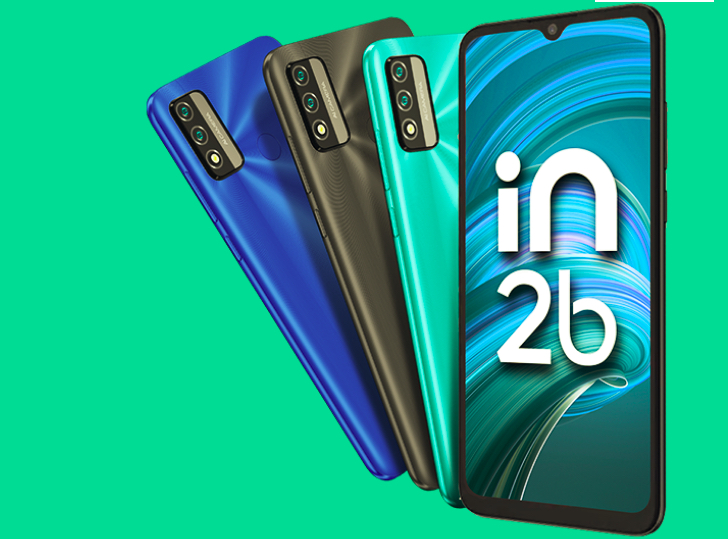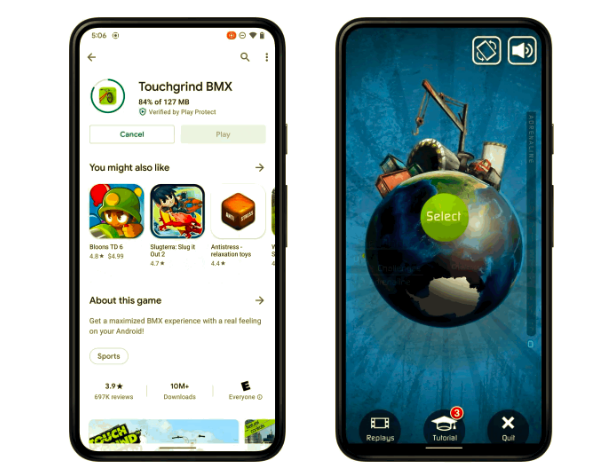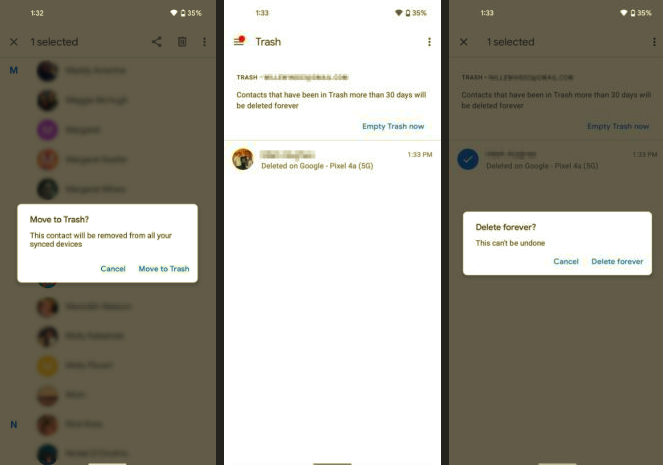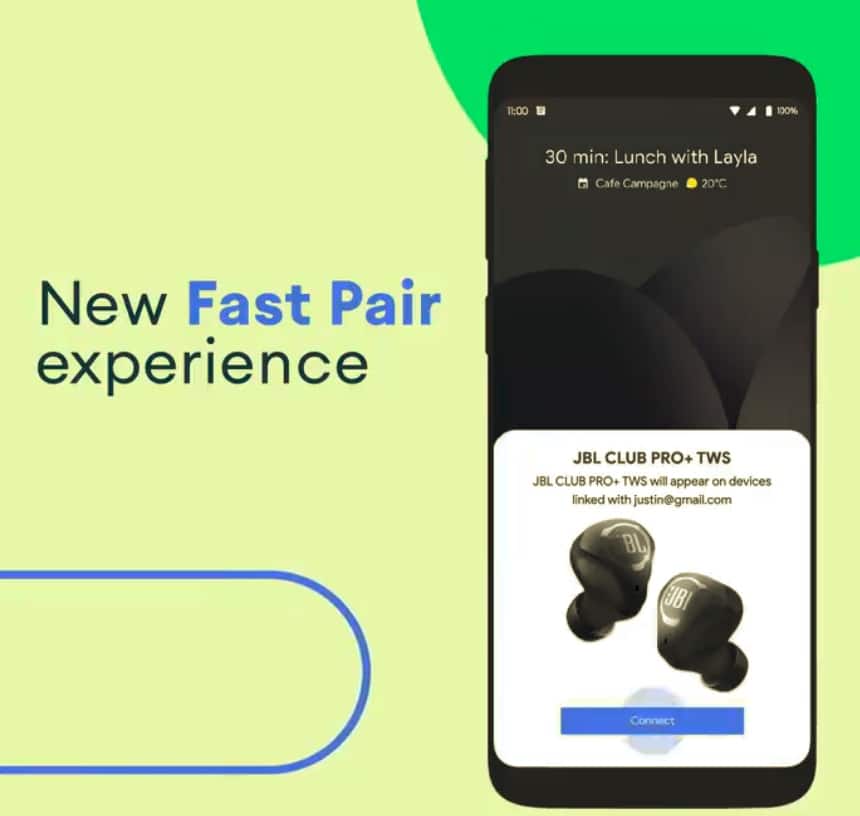Yep, I had to get that Spinal Tap reference in right up top, in the title. In the movie, Nigel Tufnel proudly showed off his Marshall amplifier with modified volume controls, that all went up to ’11’ rather than ’10’ and the Marshall London would have absolutely perfect for Nigel to have whipped out of his pocket with line such as “You’ve seen music phones? THAT’S a music phone!” And so on. Demonstrably quirky and over-priced, the Marshall London is nevertheless a damn good try at being the ultimate smartphone for audiophiles.

It’s a triumph of design and component choices over price, really. After all, what on earth would compel any self respecting smartphone fan to pay £400 for a 4.7”, 720p-screened, Snapdragon 410-powered phone in late 2015?

Because this is arguably the best music-phone in the history of the industry. A dedicated Wolfson sound card, twin headphone jacks, analogue(ish) volume control and some of the loudest and definitely the most high quality stereo, front facing phone speakers I’ve ever heard. The previous champions in the latter stakes were the HTC One (M7) and One (M8), but the HTC speakers are made to sound rather weedy and tinny by those in the Marshall London. Somewhat incredibly.

Of course, all that may not matter that much to you, not everyone’s a music lover or needs loud speakers – plus both quality and volume are good enough on most smartphones these days. But the fact that you can play back lossless FLAC files, and in fact with everything at higher quality thanks to the DAC in that sound card, plus the presence of stereo high amplitude microphones, Nokia-style, for recording, means that maybe the Marshall London is worth seeking out anyway.
After all, the London is still a capable Android smartphone, thanks to 2GB of RAM and 16GB of storage plus microSD. For comparison, think the upper-specced version of the Moto G 3rd generation – though that is in the order of £200, which means that you’re paying an extra £200 for all the audio goodies here.

Gulp. Though as with the iPhone, there’s a heavy branding premium here – now I’m a Marshall fan, having played electric and acoustic guitar through a big Marshall amp for years, so the grippy black rubberised plastic here fits right in with the theme, plus there’s the brass detailing on the controls and jacks, and those Marshall logos to top it all off. There’s even a suitable slogan scrawled on the replaceable 2500 mAh battery!

The back is terribly flimsy when off, Samsung-style, but is solid when in place, and it’s really useful to have replaceable batteries here. After all, you’re at a recording session or gig and want to shoot some video or record audio and the battery gives out – just swap in your charged spare and you’re back up and running at 100% with only a minute or so of downtime. In the initial promos, Marshall showed off spare batteries and a dedicated mains charger for these – sadly these don’t come in the retail box, so you’ll have to buy them separately from Marshall. I can’t see them yet online, but hopefully they’ll appear at some point for purchase.
Battery life is good though. With the relatively limited processor and screen resolution to power, regular users will get up to two days of life per charge, and power users will certainly get a full day. The extra audio electronics don’t seem to be a big drain, four hours of music playback (using headphones) only drops the battery remaining by 10% or so.
Audio matters
It’s worth noting that Marshall has also modified the Android startup and shutdown sounds, reflecting a guitar being plugged into an amplifier (somewhat startling over the loud speakers here!) and playing an overdriven chord respectively. Pretty cool, as is the Union Jack live wallpaper, though you’ll want to disable or change this since it’s a bit of a battery hog, as indeed are all such live wallpapers!

Plus you also get Marshall Mode in-ear headphones included, so that’s arguably £45 back from the purchase price, effectively. The twin headphone sockets are an interesting unique selling point, though I’m really not sure how many people would use them outside of, perhaps, a studio or music business setting. The brass volume control wheel works across both jacks, by default, but you can also tweak individual volumes from the supplied M-button volume interface, all accessed via the brass button on the top of the phone. Plus, once the relative volumes have been established (e.g. for personal preference), the volume wheel then ramps them both up and down, in sync, which is a very nice touch.

You may ask whether the volume wheel is analogue or digital – it’s digital, in that the wheel simply gives a tactile interface onto bumping the volume up or down in small increments – but the illusion is pretty good and it feels just ‘right’ when playing back music.

The software, as on the likes of the Moto G, is essentially stock Android in every way, plus some extras. One of these is the aforementioned system volume controller, plus there’s also Equaliser+ to handle all your (local) music by default – you can crank up Google Play Music manually from the application drawer but this doesn’t integrate as well – in fact, the phone lets you play this and from Equaliser+ at the same time, with disastrous audio results – oops!

In terms of recording software, there’s a basic but high quality gadget accessed by the top-mounted Marshall control again, which batches up snippets of your ideas and then you save as required – potentially very useful for musicians on the move to record their ideas.

This gadget does need more work though, in that it’s far, far too easy to hit ‘Restart’ in its interface, intending to restart playback of your demo masterpiece, only to realise, too late, that this means restart recording from scratch and jettison everything done so far. Arghh!
For the more modern ‘musician’/DJ, LoopStack is a 4-channel recorder that allows you to layer a set numbers of measures/bars of ideas and see how they sound together, but this app is quirky in the extreme – it should either come with a tutorial or the interface needs seriously rethinking.

Crucially, both the Marshall recording gadget and LoopStack offer high quality 44KHz 16bit recording and processing, which is good to see. In my tests, the high amplitude, i.e. loud stuff didn’t distort at all, though I did find a few glitches in the process (the recording levels got stuck too high and in mono!) which required a device restart – I’m sure Marshall are still working through some bugs here, let’s hope that updates come through in a timely manner.

Also available from that multi-purpose brass “M” button at the top are shortcuts to Spotify, Mixcloud and Soundcloud, but installing those applications is up to you. Play Music is the obvious omission, I’m sure Marshall’s software guys have realised this by now and this is an obvious thing to work into an update.

Though the linking through from Marshall ‘playing’ interface through to Equaliser+ is a little tortuous, there’s lots to discover here, including a rotating ‘turntable’ of cover art (which you can rotate and generally take control of to cue/review the playback position, in addition to using the rather thin timeline near the bottom of the screen) and a set of rather cool visualisations of the playing music.

Imaging
Elsewhere there are no surprises or other unique selling points. A 8MP rear camera is distinctly average, here are some samples, along with 1:1 crops and comments:



1:1 crop from original image, it’s typical £200 camera phone quality and nothing special, though remember that imaging is far from the Marshal London’s raison d’etre…



1:1 crop from original image, in good light the detail is really not bad at all…



1:1 crop from original image in murky light and detail starts to degrade a little, of course…


Camera sample at night, I won’t bother to crop into this one, since details aren’t good enough.
There’s also 1080p video recording, the limit of the Snapdragon 410 chipset, though it’s unspectacular in terms of quality, remember that there are no pro optics or OIS or even a large sensor here. The audio side of videos will be good though, given the high amplitude microphones, though I didn’t attend a rock gig in the review testing – that’ll come in due course with example footage from Marshall London owners.
One nice touch is that you can press in the volume scroll wheel to launch the camera app from anywhere, including with the screen off. This can be disabled if you find that you’re activating it too often by mistake.
Other hardware
There’s also double tap to wake, though as usual with many Android phones, from a deep sleep this doesn’t usually work first time, so you have to repeat the gesture. Plus a long press on the “M” key launches the Android LED torch function, which also comes in handy, especially (I imagine) in night time recording sessions and dark alleys!
As with the Moto G 3rd generation, with which this shares quite a few specs, the Snapdragon 410 chipset is fussy about SD card support and you’ll almost certainly have to reformat the card in the phone itself, which is a bit of a pain, i.e. having to copy off and then copy back on all of your music and media.


The Marshall London, here shown kitted out with user apps in addition to the stock and Marshall items….
As a music-focussed, audio-centric smartphone, the Marshall London is clearly out on its own, and it’s reasonably sized (if not reasonably priced) as well. If anything, the phone feels a little small in 2015 and typing on the on-screen keyboard is fiddly. Anyone else remember when 4.7″ was a vast display (think the Galaxy Nexus launch) and we were typing happily on 4″ screens? How times change!
The 720p resolution looks low on paper but does match the physical 4.7” display quite well, even if none of the computing internals aren’t anywhere near top spec. 5″ is about the point where 1080p start to become de rigeur and, of course, I’d welcome a Marshall London 2 with a 5″ 1080p display should one appear. The IPS LCD display is of high quality, with good visibility outdoors, plus it’s Gorilla Glass 3 so should be very tough and there’s an oleophobic coating to keep finger swipes smooth and make it easy to wipe off fingerprints.


Attempting an outdoor visibility test in adverse UK conditions. This is the Marshall next to the Nexus 5, which is a known quantity, but it’ll give you an idea – contrast is definitely higher.
The London’s top and bottom bezels are quite large, but I promise you that you won’t begrudge these once you’ve heard the sound quality from the embedded speakers. Playing back videos with deep, relatively bassy stereo sound is a particular joy, you’ll be glued to YouTube and Netflix for your first few hours with this baby…


Marshall London in one shot, showing unique speakers, jacks and heavy textured rubberised surround…
Verdict
The Marshall London is a pleasure to hold and use, the materials and form are just perfect, but in terms of raw value for money at £400 (in UK money) then questions do have to be asked. Take a base £200 spec smartphone – the speakers, sound card, microphones, and so on are worth perhaps a £100 premium, if I’m being generous. But that still leaves another £100 for the Marshall brand name and for the kudos you may or may not get from your peers as you’re seen using this. It’s Apple and the iPhone all over again, only this time in gig-ready back of rubberised plastic rather than white and aluminium.
I’m not sure therefore, that I can give this a wholehearted recommendation, at least in terms of value. But the Marshall London, like the iPhone again, is something that you may desire, in which case all purchasing bets are off. And, if you’re a budding musician, there are real world benefits in terms of having high quality demo-creating (and replaying) hardware in your phone.
https://youtu.be/KNVeaBMvXtU
Don’t forget to subscribe to our YouTube Channel for more videos.



















